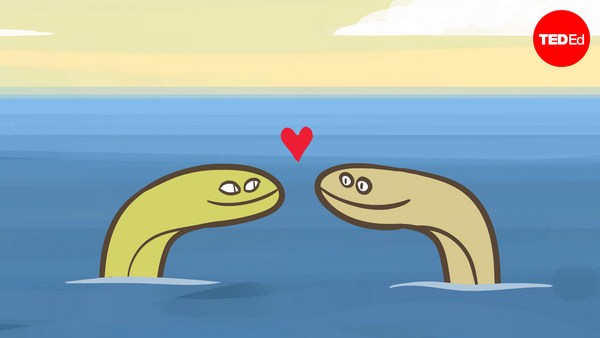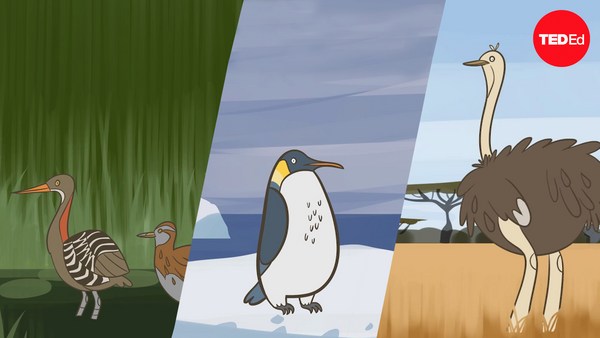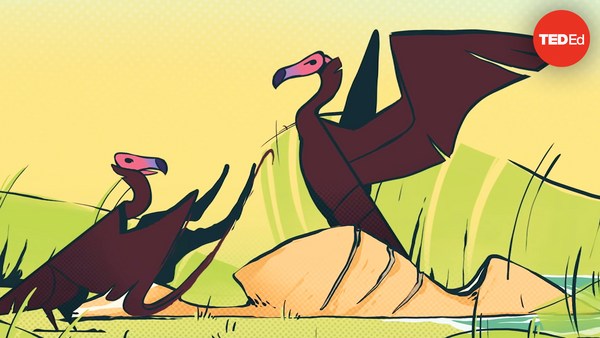In May of 1822, Count Christian Ludwig von Bothmer shot down a stork over his castle grounds in North Germany. However, he wasn’t the first person to hunt that specific bird. Upon recovering the stork, von Bothmer found it impaled by a yard long wooden spear. A local professor determined the weapon was African in origin, suggesting that somehow, this stork was speared in Africa and then flew over 2,500 kilometers to the count’s castle. This astonishing flight wasn’t just evidence of the stork’s resilience. It was an essential clue in a mystery that plagued scientists for centuries: the seasonal disappearance of birds.
Ancient naturalists had various theories to explain the annual vanishing act we now know as migration. Aristotle himself proposed three particularly popular ideas. One theory was that birds transformed into different bodies that suited the season. For example, summer time garden warblers were believed to transform into black caps every winter. In reality these are two distinct species— similar in shape and size, but never appearing at the same time. Over the following centuries, birds were said to morph into humans, plants, and even the timbers of ships. This last transmutation was especially popular with many Christian clergy. If barnacle geese were truly made of wood, they could be deemed vegetarian and enjoyed during meatless fasts.
Aristotle’s second and even more enduring hypothesis was that birds hibernate. This isn’t so far-fetched. Some species do enter short, deep sleeps which lower their heart rates and metabolisms. And there’s at least one truly hibernating bird: the common poorwill sleeps out winters in the deserts of North America. But researchers were proposing much more outlandish forms of hibernation well into the 19th century. Barn swallows were said to remove their feathers and hibernate in holes, or sleep through the winter at the bottom of lakes and rivers.
Aristotle’s final theory was much more reasonable, and resembled something like realistic migration. However, this idea was also taken to extremes. In 1666, the leading migration advocate was convinced that each winter, birds flew to the moon.
It might seem strange that prominent researchers considered such bizarre ideas. But to be fair, the true story of migration may be even harder to believe than their wildest theories. Roughly 20% of all bird species migrate each year, following warm weather and fresh food around the planet. For birds who spend their summers in the northern hemisphere, this journey can span from 700 to over 17,000 kilometers, with some flights lasting as long as four months. Birds who migrate across oceans may soar without stopping for over 100 hours. Sleeping and eating on the fly, they navigate the endless ocean by the stars, wind currents, and Earth’s magnetic field.
Tracking the specifics of these epic expeditions is notoriously difficult. And while birds often take the most direct route possible, storms and human development can alter their paths, further complicating our attempts to chart migration.
Fortunately, Count von Bothmer’s stork offered physical proof not only that European storks were migrating south for the winter, but also where they were migrating to. Ornithologists across the continent were eager to map the trajectory of this flight, including Johannes Thienemann. Owner of the world’s first permanent bird observatory, Thienemann was a major public advocate for the study of birds. And to solve the field’s biggest mystery, he wrangled an army of volunteers from across Germany.
His team used aluminum rings to tag the legs of two thousand storks with unique numbers and the address of his offices. Then he advertised the initiative as widely as possible. His hope was that word of the experiment would find its way to Africa, so people finding the tags would know to mail them back with more information. Sure enough, from 1908 to 1913, Thienemann received 178 rings, 48 of which had been found in Africa. Using this data, he plotted the first migration route ever discovered, and definitively established that storks were not, in fact, flying to the moon.


